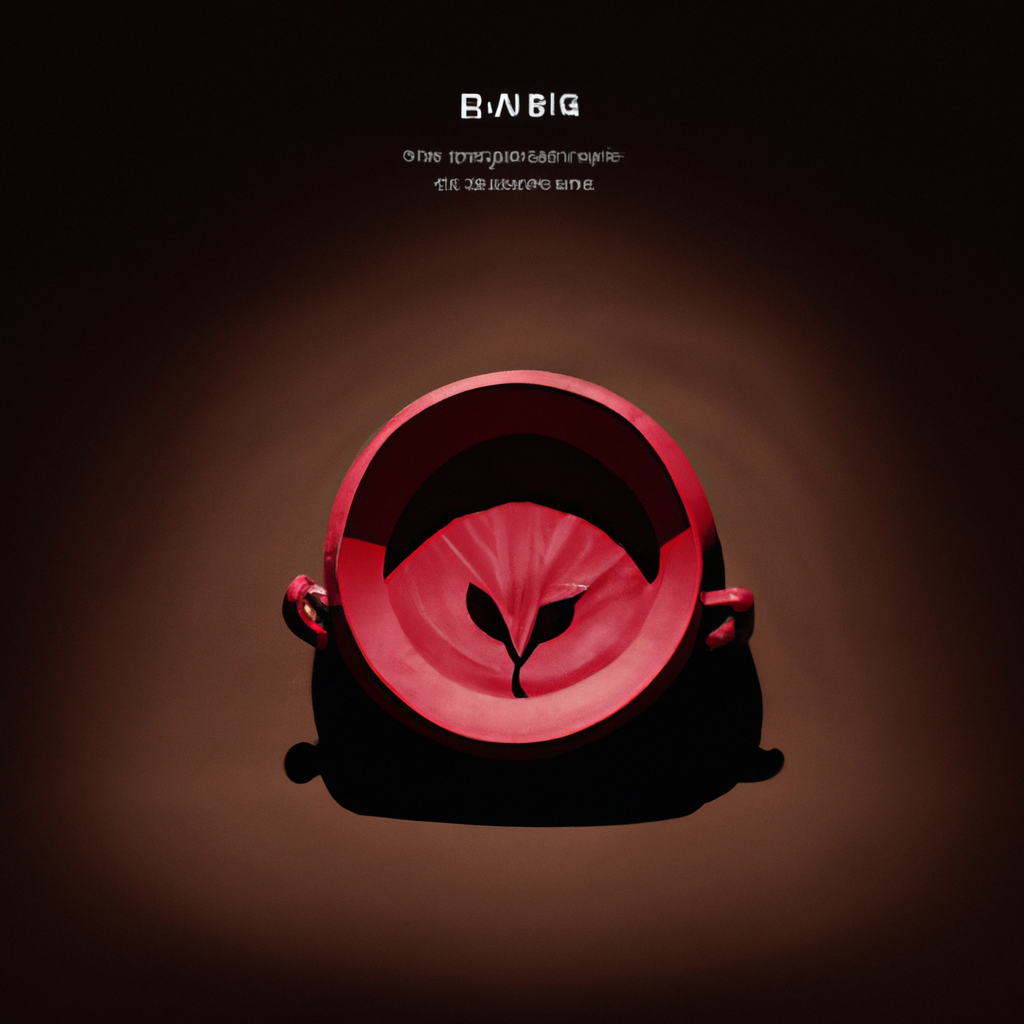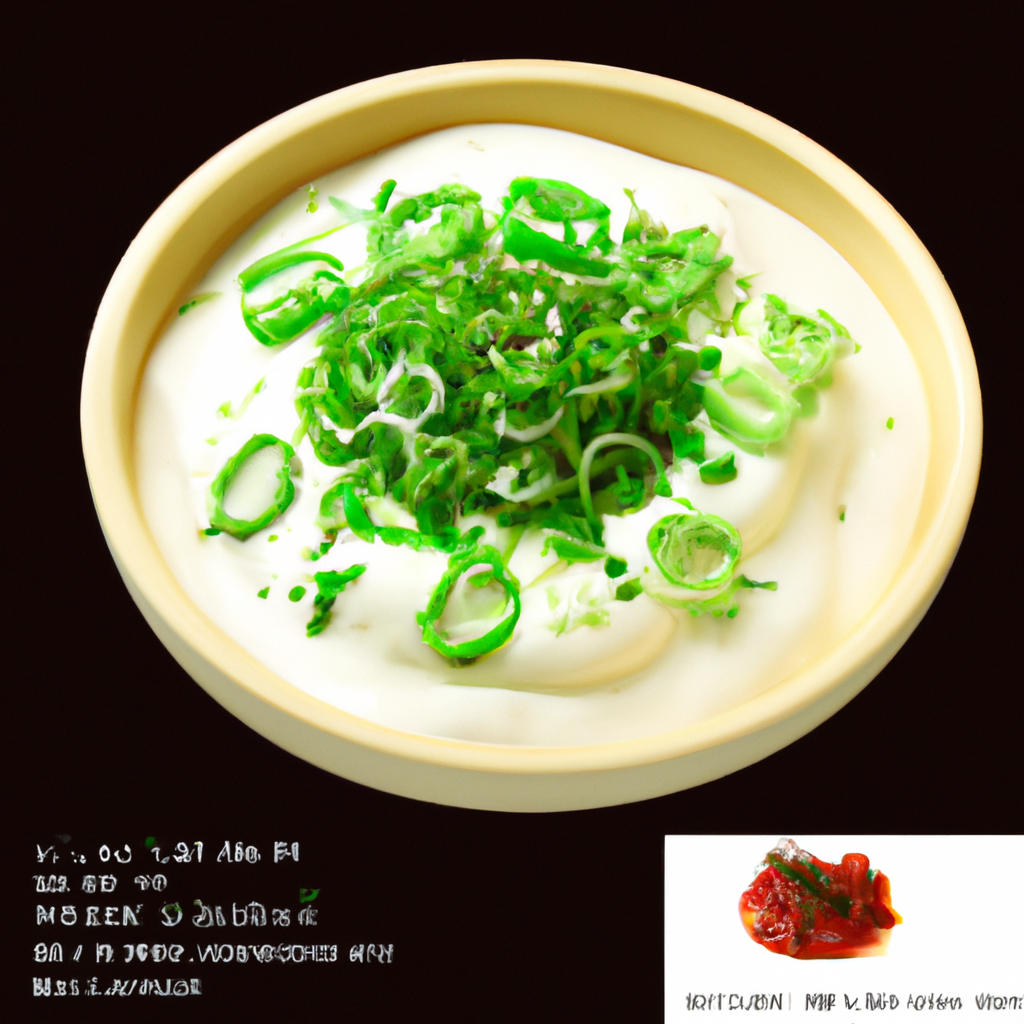Discovering the Art and Craftsmanship of Korean Pottery
Korean pottery, known for its refined beauty and intricate craftsmanship, is a vital component of Korea’s rich cultural heritage. It reflects the artistic innovation and aesthetic values of Korean artisans throughout centuries. In this article, we delve into the history, techniques, and significance of Korean pottery, a cherished tradition that continues to inspire contemporary artists worldwide.
The Historical Journey of Korean Pottery
The journey of Korean pottery dates back to prehistoric times, with the earliest forms emerging during the Neolithic era. These early creations were primarily earthenware, used for practical purposes. As time progressed, the technique and artistry evolved significantly. By the Three Kingdoms period (57 BC–668 AD), pottery had become more sophisticated, with the introduction of glaze and advanced kiln technologies.
The peak of Korean pottery artistry came during the Goryeo Dynasty (918–1392), particularly noted for the celadon ceramics. These pieces are admired for their elegant forms, subtle jade-green hues, and intricate inlays. The subsequent Joseon Dynasty (1392–1910) gave rise to white porcelain, celebrated for its purity and simplicity. This historical lineage showcases the evolving styles and techniques that define Korean pottery today.
Distinct Techniques and Styles
Korean pottery is renowned for its distinct techniques and styles, each reflecting the cultural and artistic trends of the time. Two prominent styles that stand out are celadon and buncheong. Celadon, with its jade-like glaze and delicate motifs, epitomizes the aesthetic preferences of the Goryeo period. In contrast, buncheong ware, developed during the Joseon period, is characterized by its rustic charm and bold, expressive designs.
Another notable style is the white porcelain of the Joseon era, valued for its minimalistic beauty and refined forms. Techniques such as underglaze painting, incised designs, and the use of natural glazes have been integral to the development of these pottery styles. Each piece captures the essence of Korean artistic philosophy, emphasizing harmony with nature and understated elegance.
The Cultural Significance of Korean Pottery
Korean pottery holds immense cultural significance, representing more than just artistic craftsmanship. It serves as a historical record, offering insights into the daily lives, spiritual beliefs, and social customs of the past. Pottery items were not only functional but also played a role in rituals and ceremonies, symbolizing wealth and status in Korean society.
The continuous evolution of styles and techniques reflects Korea’s resilience and adaptability. The pottery tradition is also seen as a bridge connecting past and present, as contemporary Korean artists draw inspiration from these age-old techniques to create innovative art pieces.
Preservation and Global Influence
Efforts to preserve Korean pottery traditions are ongoing, with institutions and artisans dedicated to maintaining this cultural art form. Museums and cultural exhibitions play a crucial role in showcasing the historical and artistic significance of Korean pottery, both domestically and internationally.
Moreover, the global influence of Korean pottery is evident in contemporary art and design. Artists around the world admire the craftsmanship and aesthetic principles of Korean ceramics, often incorporating these elements into their own works. This cross-cultural exchange enriches the global art scene, highlighting the timeless appeal of Korean pottery.
Experiencing Korean Pottery Today
Visitors to Korea can experience the country’s pottery tradition firsthand through pottery villages and workshops. These provide an opportunity to engage with the art form directly, offering pottery-making classes and interactive exhibits. Popular destinations include Icheon and Yeoju, renowned for their vibrant pottery communities and annual festivals that celebrate this heritage.
These experiences allow individuals to appreciate the skill and dedication involved in creating each piece, fostering a deeper connection with Korea’s cultural and artistic history. Korean pottery continues to captivate and inspire, a testament to its enduring legacy.
| Pottery Style | Period | Characteristics |
|---|---|---|
| Celadon | Goryeo Dynasty | Jade-green glaze, intricate inlays |
| Buncheong | Joseon Dynasty | Rustic charm, bold designs |
| White Porcelain | Joseon Dynasty | Minimalistic beauty, refined forms |
FAQs
Q: What is the significance of Korean celadon pottery?
A: Korean celadon pottery is significant due to its sophisticated aesthetic and technical advancement during the Goryeo Dynasty, becoming a symbol of Korea’s rich cultural heritage.
Q: Where can I learn about Korean pottery in Korea?
A: Regions like Icheon and Yeoju are famous for their pottery workshops and festivals, offering hands-on experiences and insights into Korean pottery traditions.
Q: How is Korean pottery different from Chinese or Japanese pottery?
A: Korean pottery is distinct for its simplicity and natural beauty, focusing on understated elegance and harmony with nature, while incorporating unique techniques like inlay and buncheong styles.
Summary
- ✅ Korean pottery has a rich history tracing back to the Neolithic era, evolving through Goryeo and Joseon dynasties.
- ✅ Celadon, buncheong, and white porcelain are prominent styles showcasing distinct artistic techniques and cultural influences.
- ✅ Korean pottery plays a significant cultural role, offering insights into historical Korean society and spiritual beliefs.
- ✅ Pottery traditions are preserved through workshops and festivals, fostering a bridge between past and modern creatives.
- ✅ Korean pottery’s global influence enhances contemporary art, highlighting its timeless appeal and craftsmanship.
#KoreanPottery #Celadon #Buncheong #KoreanArt #CulturalHeritage #HistoricalArt #Ceramics #ArtHistory #TraditionalCrafts #KoreanCulture #GoryeoDynasty #JoseonDynasty #KoreanArtists #AsianArt #InlayTechniques #WhitePorcelain #KoreanCraftsmanship #PotteryStyles #ArtisticTraditions #CulturalSignificance #PotteryMaking #GlobalInfluence #Icheon #Yeoju #PotteryWorkshops #ArtisticInnovation #HistoricalSignificance #ContemporaryArt #CeramicArt #KoreanDesign


